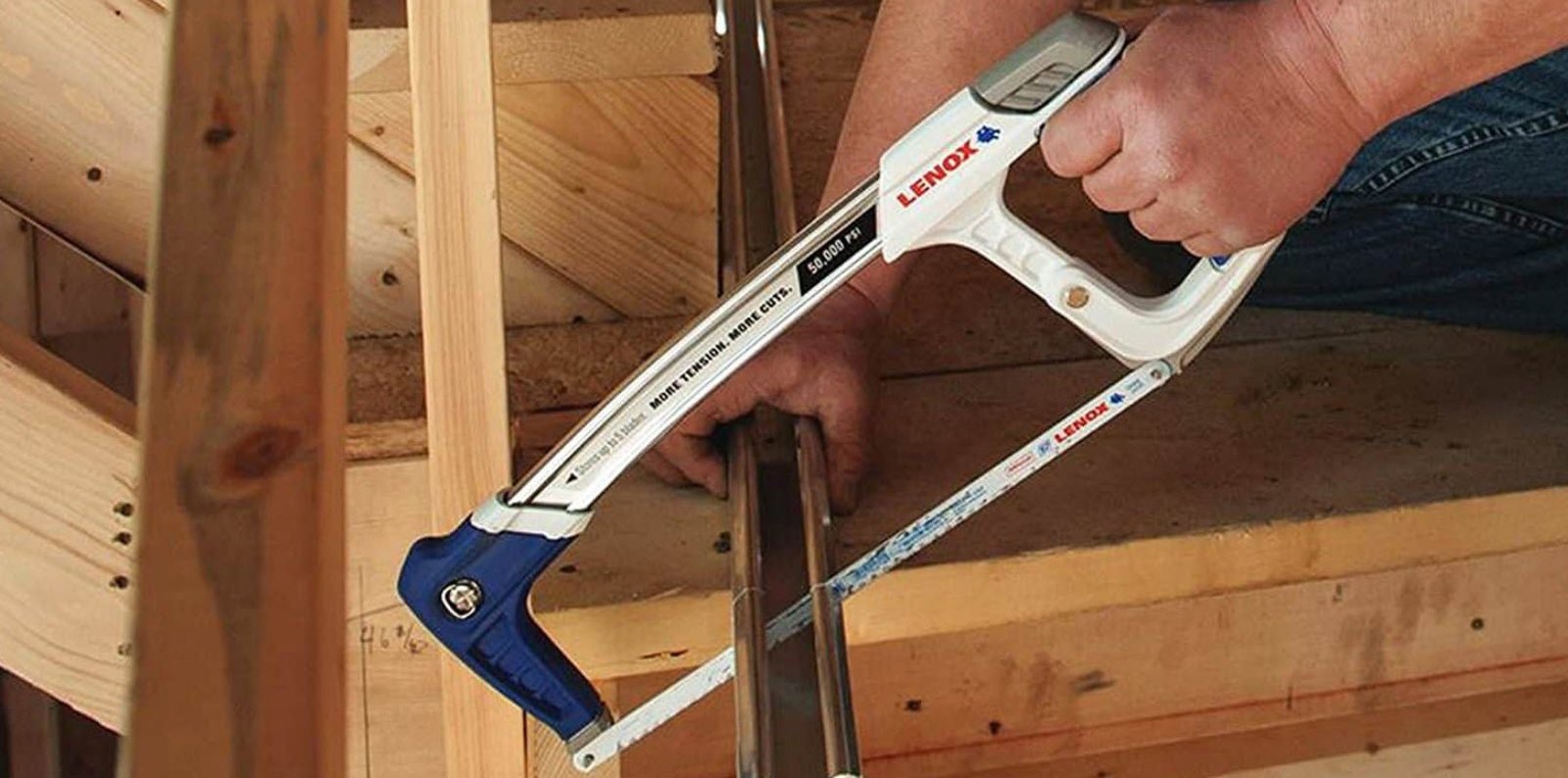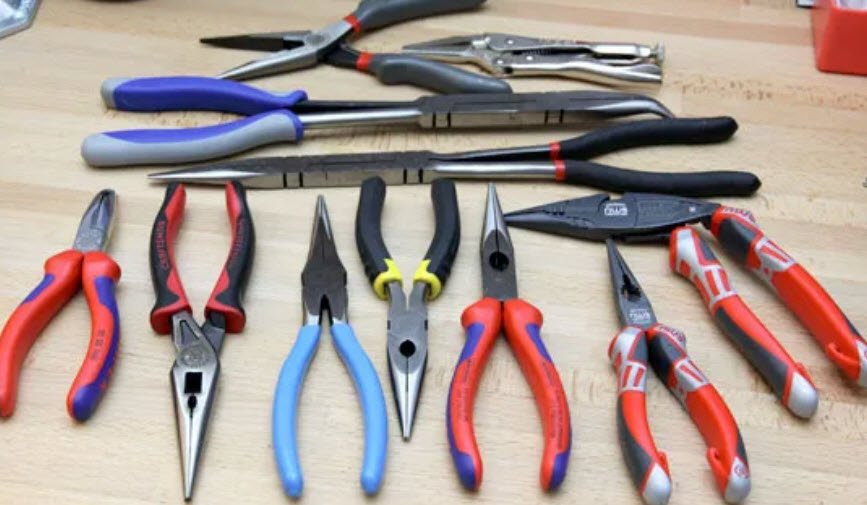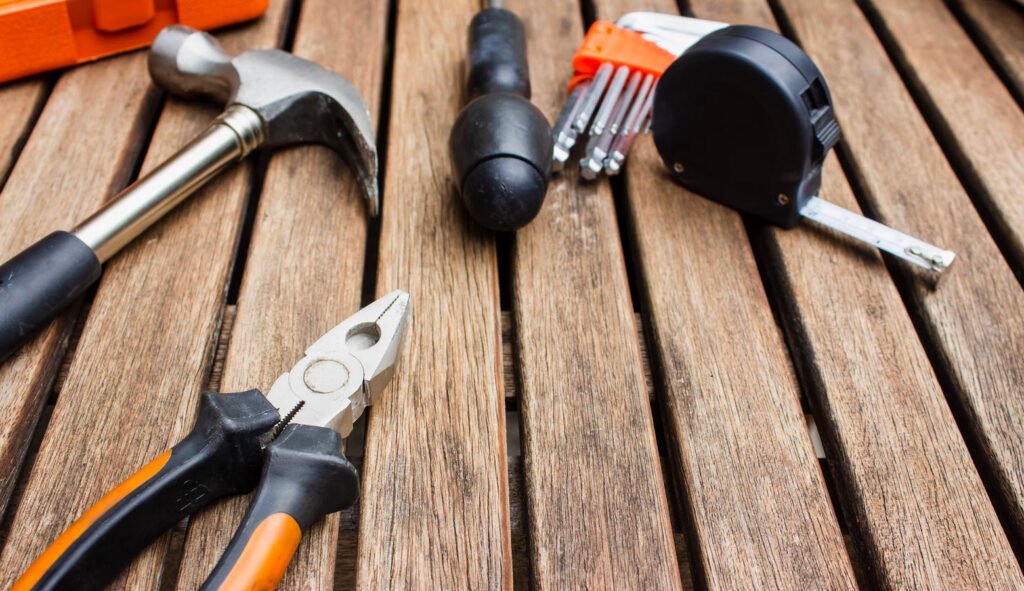There are many tools that can be useful to have around the house for various tasks. Some examples include:
- Mallet
- Handsaw
- Sandpaper
- Hammer
- Screws
- Nails
- Hacksaw
- Tape Measure
- Spirit Level
- Vise
- Pocketknife
- Ladder
- Scissor
- Pliers
- Drill
- Screwdriver
- Bradawl
- Chisel
- Flashlight
- Wrench
- Level
- Utility Knife
- Multitool
1. Mallet
A mallet is a type of hand tool that consists of a heavy head attached to a handle. It is used for striking objects, often to drive them into place or to shape them. There are several different types of mallets, including:
- Dead blow mallet: This type of mallet has a head filled with lead or other heavy material, which allows it to deliver a forceful blow without bouncing back. It is often used to drive nails or other fasteners, or to shape metal or wood.
- Ball peen hammer: A ball peen hammer is a type of mallet with a rounded head on one end and a flat head on the other. It is used for tasks such as shaping metal or setting rivets.
- Plastic mallet: A plastic mallet has a head made of a soft, flexible material such as rubber or plastic. It is used for tasks such as gently shaping wood or metal, or for assembling delicate components without damaging them.
- Bricklayer’s mallet: This type of mallet has a large, heavy head and a long handle. It is used by bricklayers and masons to shape and tamp down bricks or other masonry materials.
- Carving mallet: A carving mallet is a small, lightweight mallet with a wooden head. It is used by woodcarvers to shape and sculpt wood.
Mallets can be helpful for a variety of tasks around the house, such as assembling furniture, hanging pictures, or making small repairs. They can also be useful for hobbies such as woodworking or metalworking.
2. Handsaw
A handsaw is a manual cutting tool with a long, thin blade that is used for sawing through wood, metal, or other materials. It is held in the hand and operated by moving the blade back and forth to make a series of closely spaced cuts. Handsaws are typically used for tasks such as cutting wood for carpentry or construction, or for shaping or trimming materials.
There are several types of handsaws, including:
- Crosscut saw: This type of saw is designed for cutting across the grain of the wood. It has a shorter blade with finer teeth that are set at a steeper angle, which allows it to make precise cuts without tearing the wood fibers.
- Ripsaw: A ripsaw is designed for cutting along the grain of the wood. It has a longer blade with coarser teeth that are set at a shallower angle, which allows it to remove material more quickly but may result in a rougher cut.
- Coping saw: A coping saw is a small, lightweight saw with a thin, flexible blade that is used for making precise cuts in wood or other materials. It is often used for tasks such as cutting curves or intricate shapes.
- Bow saw: A bow saw is a large, portable saw with a curved frame and a long blade that is used for cutting logs or large pieces of wood. It is often used in construction or forestry.

Handsaws can be helpful for a variety of tasks around the house, such as cutting wood for home improvement projects, trimming branches, or shaping materials for craft projects. They can also be useful for hobbies such as woodworking or carpentry.
3. Sandpaper
Sandpaper is a type of abrasive paper that is used for sanding and smoothing surfaces. It consists of a sheet of paper or fabric with abrasive particles, such as aluminum oxide or silicon carbide, adhered to one side. Sandpaper is used in a variety of household and industrial applications, including woodworking, metalworking, and automotive repair.
It is also commonly used for finishing and polishing a variety of materials, including wood, metal, and plastic. Sandpaper is available in different grit sizes, ranging from very coarse to very fine, and can be used with hand-held sanding blocks or power sanders.
4. Hammer
A hammer is a hand-held tool that is used for driving nails, fitting parts, and breaking up objects. It consists of a handle, which is usually made of wood or fiberglass, and a head, which is made of metal and has a flat surface on one side and a pointed or rounded surface on the other.
The flat surface is used for driving nails and the pointed or rounded surface is used for breaking up or shaping materials. There are many different types of hammers available, including claw hammers, ball peen hammers, and dead blow hammers, each of which is designed for specific tasks.
Hammers are a common tool in many household and industrial applications and are used in construction, carpentry, automotive repair, and other fields.
5. Screws
A screw is a type of fastener that is used to hold two or more objects together. It consists of a helical thread, or screw thread, that is wrapped around a cylindrical shaft, and a head at one end, which is used to turn the screw. Screws are used in a wide range of applications, including fastening wood, metal, and plastic materials together, and are commonly found in household and industrial settings.
There are many different types of screws, including wood screws, machine screws, and self-tapping screws, each of which is designed for specific uses. Wood screws are used for fastening wood materials and have a tapered shaft and a flat or rounded head.
Machine screws are used for fastening metal materials and have a uniform diameter and a variety of head styles, including pan, round, and truss heads. Self-tapping screws are used for fastening materials that do not have pre-drilled holes and have a thread that cuts into the material as the screw is tightened.
Screws are tightened and loosened using a screwdriver or a power drill. They can be removed by turning them counterclockwise using a screwdriver or drill, or by using a screw extractor tool to remove stripped or damaged screws.
6. Nails
A nail is a thin, pointed piece of metal that is used for fastening or joining materials together. It consists of a shaft with a pointed end and a flat head on the other end, which is used to hold the nail in place. Nails are commonly made of steel or other types of metal and are available in a variety of sizes and styles, including common nails, finishing nails, and brads.
Nails are driven into materials using a hammer or a power nailer. They are used for fastening wood, metal, and other materials together and are commonly found in construction, carpentry, and other applications. Nails are typically used in conjunction with wood glue or other types of adhesive to provide additional strength to the joint. They can be removed by pulling them out with a nail puller or prying them out with a crowbar or other tool.
7. Hacksaw
A hacksaw is a hand-held saw that is used for cutting through materials, such as metal, plastic, and wood. It consists of a handle, a frame, and a thin, narrow blade that is held under tension by the frame. The blade of a hacksaw is made of high-carbon steel and has fine teeth, which allows it to make precise cuts through a variety of materials.

Hacksaws are commonly used in metalworking, woodworking, and other applications where precise cuts are required. They are also useful for cutting pipes, bolts, and other objects with a circular cross-section. The blade of a hacksaw can be replaced with a different size or type of blade to suit the needs of the cutting task. Hacksaws are typically used with the blade oriented perpendicular to the workpiece, but they can also be used with the blade oriented at an angle for cutting beveled or angled cuts.
8. Tape Measure
A tape measure is a tool used to measure distances, typically in feet and inches. It can be helpful when measuring for home improvement projects or when shopping for furniture or other large items.
9. Spirit Level
A spirit level, also known as a bubble level or a level, is a tool that is used to determine if a surface is horizontal or vertical. It consists of a transparent tube or vial that contains a fluid, usually alcohol or oil, and an air bubble. The tube or vial is mounted on a straight, flat surface, such as a metal or plastic frame, and has a spirit level markings on it.
10. Vise
A vise, also spelled vice, is a mechanical device that is used to hold a workpiece securely in place while it is being worked on. It consists of a pair of jaws that are mounted on a base, and a screw or lever that is used to clamp the jaws onto the workpiece. Vises are commonly used in a variety of applications, including woodworking, metalworking, and automotive repair.
There are many different types of vises available, including bench vises, pipe vises, and machine vises. Bench vises are designed to be mounted on a workbench and are used for holding a variety of materials, including wood, metal, and plastic. Pipe vises are designed to hold pipes and other cylindrical objects and have jaws that can be adjusted to fit different sizes of pipes. Machine vises are mounted on a machine tool, such as a milling machine or lathe, and are used for holding workpieces during machining operations.
Vises are used to hold a workpiece securely in place so that it can be worked on with hand tools or machine tools. They are an essential tool in many workshop and industrial settings and are used for tasks such as drilling, sawing, shaping, and grinding.
11. Pocketknife
A pocketknife is a small, portable knife that is designed to be carried in a pocket or on a belt. It consists of a handle and one or more blades that are held in place by a pivot point and can be opened and closed using a thumb stud or a lever. Pocketknives are commonly used for a variety of tasks, including cutting, carving, and whittling, and are a useful tool to have on hand for everyday use.
There are many different types of pocketknives available, including folding knives, lock-blade knives, and multi-tools. Folding knives have blades that fold into the handle when not in use, and lock-blade knives have a mechanism that locks the blade in place when it is opened. Multi-tools are pocketknives that have multiple tools, such as pliers, screwdrivers, and scissors, built into the handle. Pocketknives are made from a variety of materials, including stainless steel, carbon steel, and plastic, and are available in different blade styles and lengths to suit different tasks.
12. Ladder
A ladder is a portable, freestanding structure used for climbing up to high places. It can be helpful for tasks such as reaching high shelves or changing a light bulb in a hard-to-reach place.
- Stepladder – A stepladder is a portable ladder that is used for reaching high places. It consists of a series of steps that are attached to two long, parallel rails, and a hinged design that allows the ladder to be folded up when not in use. Stepladders are commonly used in household and commercial settings for tasks such as painting, repairs, and cleaning.
13. Scissor
Scissors are a cutting tool that consists of two sharp blades that are connected at a pivot point, allowing them to open and close like a pair of shears. Scissors are used for cutting a variety of materials, including paper, cloth, and cardboard, and are commonly found in households, schools, and offices.
There are many different types of scissors available, including household scissors, tailor’s scissors, and embroidery scissors, each of which is designed for specific tasks. Household scissors are the most common type of scissors and are used for cutting a variety of materials, including paper, cloth, and cardboard.
Tailor’s scissors are longer and have pointed tips, which makes them useful for cutting patterns and making precise cuts in fabric. Embroidery scissors are small and have curved blades, which makes them useful for cutting threads and making precise cuts in fabric.
14. Pliers
Pliers are a hand tool with two metal jaws that can be used to grip, twist, or bend objects. They can be helpful for tasks such as repairing electronics, tightening bolts, or removing splinters.

15. Drill
A drill is a power tool that is used for making holes in a variety of materials, including wood, metal, and concrete. It consists of a motor, a chuck that holds the drill bit, and a handle that is used to control the tool. Drills are available in corded and cordless models, and can be powered by electricity or battery.
16. Screwdriver
A screwdriver is a hand tool used for turning screws. It can be helpful to have a variety of sizes and types of screwdrivers, such as Phillips and flathead, to cover different screw sizes and shapes.
17. Bradawl
A bradawl is a hand tool that is used for making small holes in wood and other materials. It consists of a handle and a pointed, tapered blade that is used to pierce the material and create a hole. Bradawls are commonly used in woodworking and other crafts to create holes for nails, screws, or other fasteners, or to mark out lines or patterns on wood or other materials.
18. Chisel
A chisel is a hand tool that is used for shaping and cutting wood, metal, and other materials. It consists of a blade with a sharp edge that is mounted on a handle, and is used in conjunction with a hammer or a mallet. Chisels are commonly used in woodworking, metalworking, and masonry, and are available in a variety of sizes and styles to suit different tasks.
There are many different types of chisels available, including framing chisels, mortise chisels, and paring chisels. Framing chisels are used for rough work, such as cutting and shaping joints in wood framing, and have a wide, beveled blade.
Mortise chisels are used for creating mortise joints, which are used to join two pieces of wood together, and have a narrow, square blade. Paring chisels are used for fine work, such as shaping and smoothing wood surfaces, and have a narrow, beveled blade.
19. Flashlight
A flashlight is a portable light source that can be helpful when working in dark areas or during a power outage.
20. Wrench
A wrench is a hand tool used for turning bolts and nuts. It can be helpful to have a variety of sizes of wrenches to fit different bolt and nut sizes.
21. Level
A level is a tool used to determine whether a surface is horizontal (level) or vertical (plumb). It can be helpful when hanging pictures or assembling furniture to ensure that everything is straight and evenly balanced.
23. Utility Knife
A utility knife is a tool that is used for cutting a variety of materials, including cardboard, plastic, and wood. It is a versatile tool that can be used for a variety of tasks, such as opening boxes, cutting rope, trimming branches, and carving wood.
Utility knives are usually smaller and more portable than other types of cutting tools, such as saws or knives, and are often used for tasks that require precision and control.
There are many different types of utility knives available, including fixed-blade knives, folding knives, and retractable blade knives. Some utility knives have interchangeable blades, while others have a single, fixed blade. Utility knives are often used in construction, manufacturing, and other industries, as well as by DIY enthusiasts and homeowners.
24. Multitool
A multitool is a hand-held tool that combines multiple tools in one device. It can be helpful for tasks such as cutting, sawing, or opening bottles, and can be a convenient tool to have on hand for various tasks around the house.



